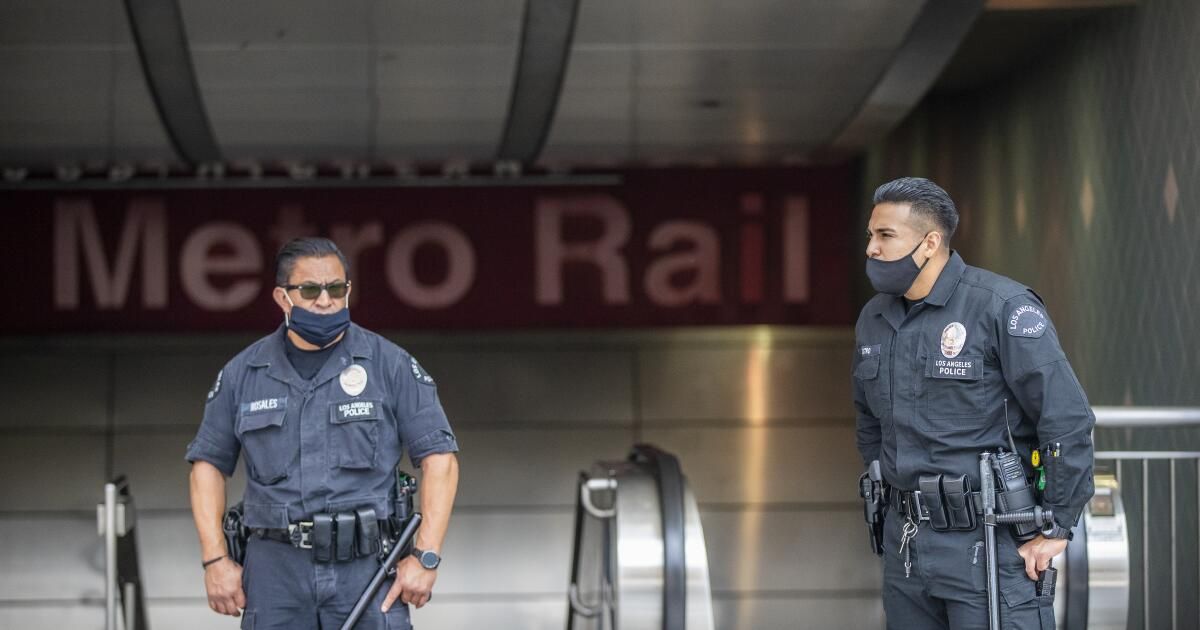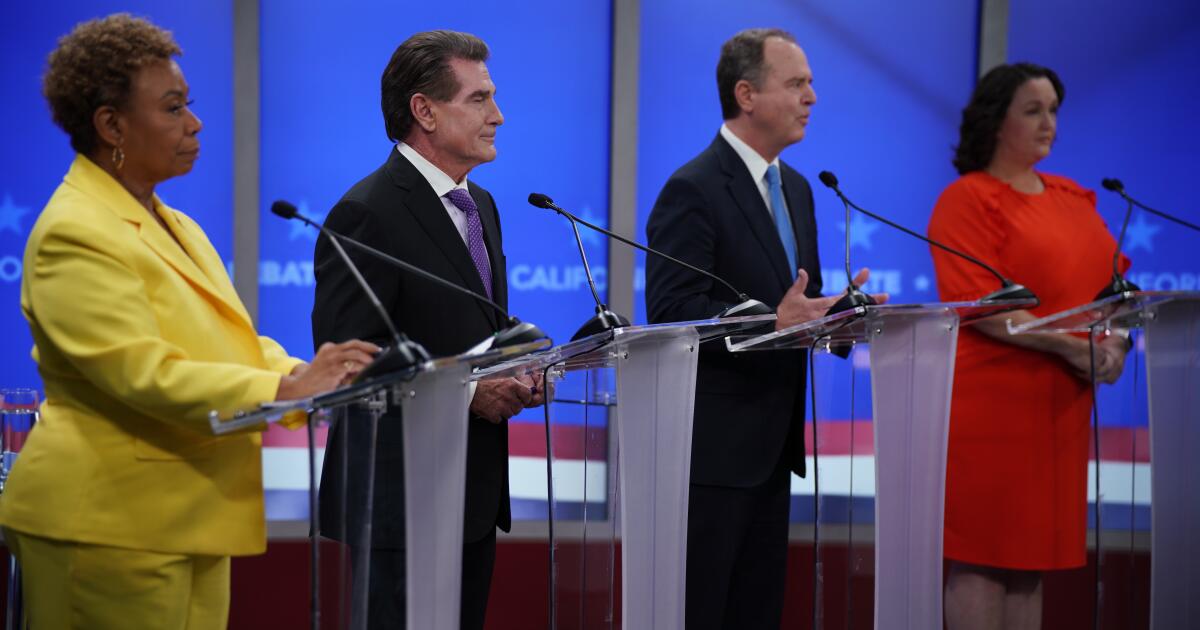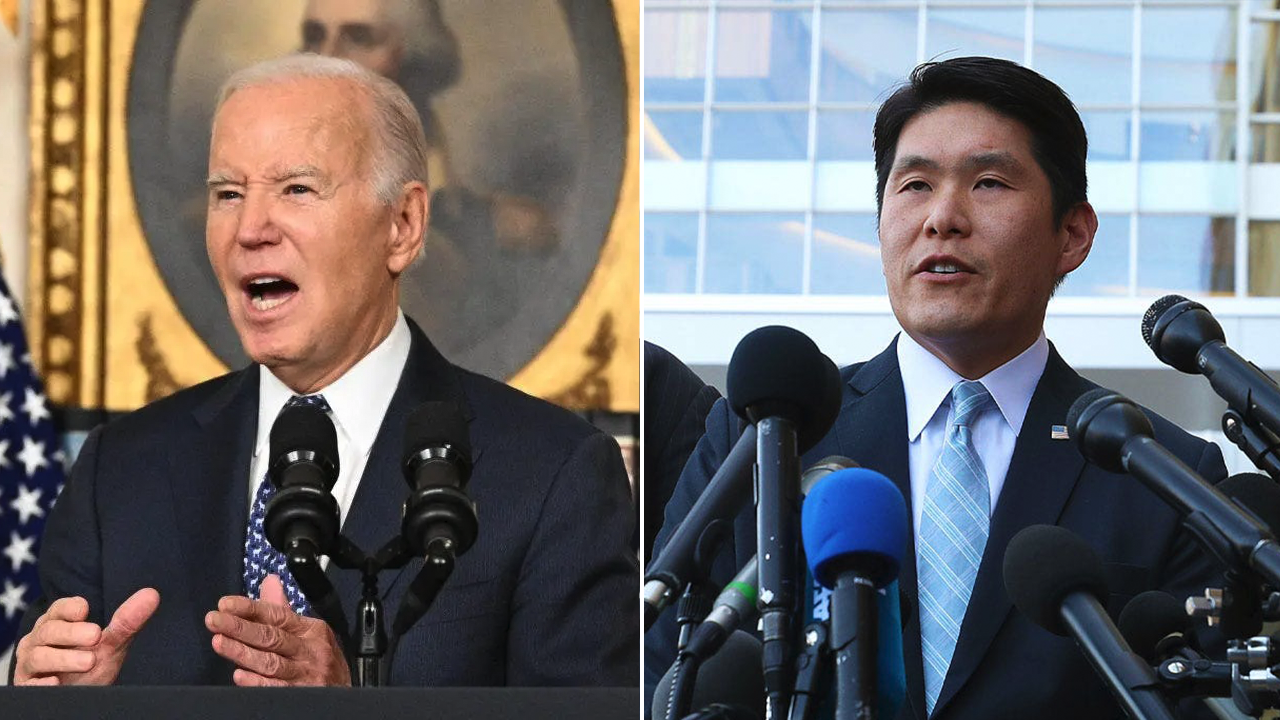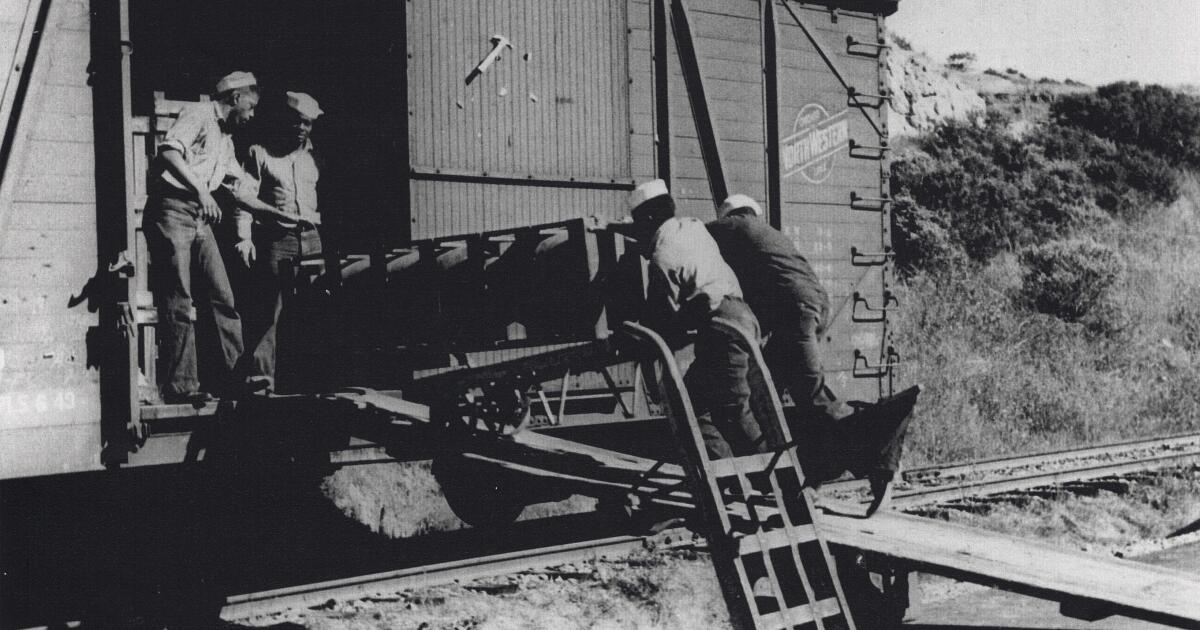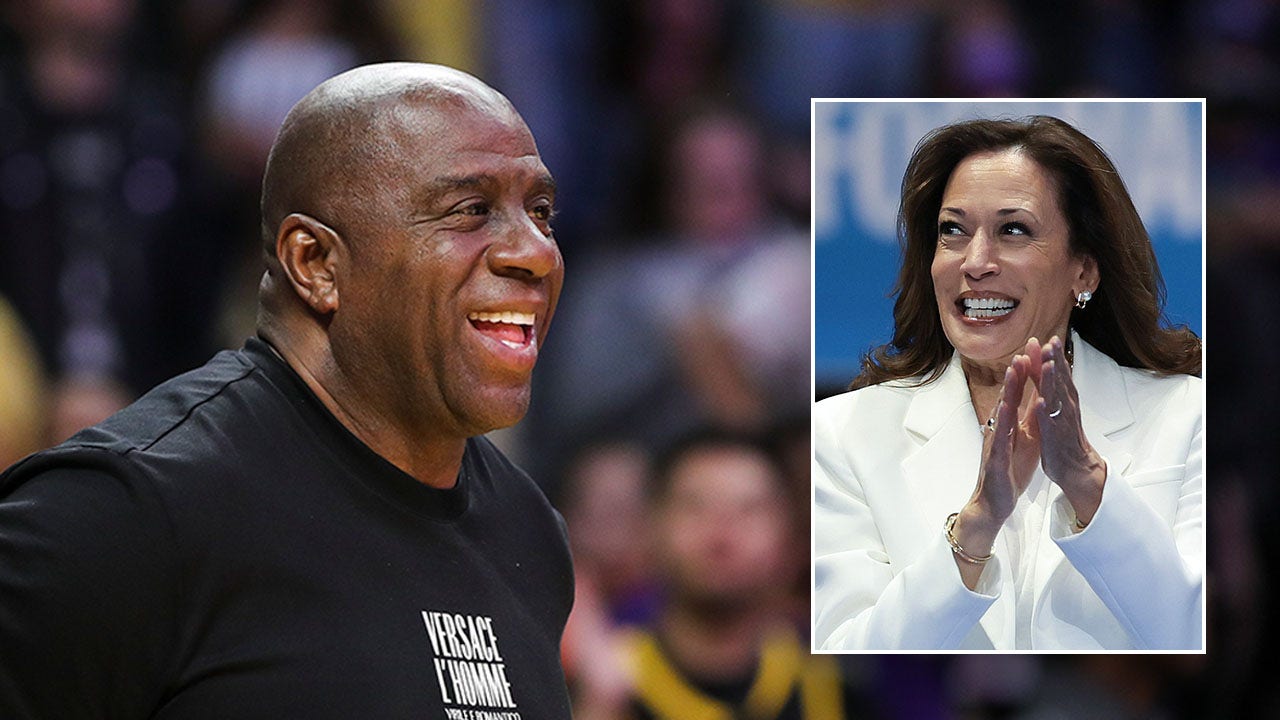Frustrated by its lack of oversight and the soaring cost of three law enforcement agencies, the Metropolitan Transportation Authority took the first step Thursday toward creating its own transit police to patrol a sprawling system where commuters have grown tired of crime.
The executive board's 10-0 vote came after a rare appearance by the heads of the Los Angeles Police Department, Long Beach police and the Los Angeles County Sheriff's Department, who defended their tactics and called a seat at the table as the agency sought to get rid of its contracts.
“It's a big jump. It's a big change for Metro,” said Los Angeles County Supervisor and incoming Metro Chair Janice Hahn. She said the move stemmed from frustration on the board's part and that she was concerned that the liability and costs would be higher than anticipated.
The newly approved Community Transit Public Safety Department is being billed as one that will be more visible, accountable and responsive to riders — a counterpoint to complaints that the Los Angeles Police Department and Sheriff’s Department — big-city law enforcement agencies with a history of racial profiling — failed to patrol the system consistently.
Under the $193 million-a-year plan, Metro would have a daily deployment of 386 sworn officers and 34 transit officers working with a team of 673 ambassadors, crisis intervention staff and homeless outreach teams. The agency estimates it will take two to six years to fully implement the plan and terminate contracts with outside law enforcement agencies.
“There are a lot of things we need to do before we get there,” said Los Angeles Mayor Karen Bass, a board member.
He does not expect it to come into effect before the 2028 Olympics; But Bass, who has focused on the city's homeless population, suggested that the strong social services wing of the plan could create a new model nationwide.
Like transportation agencies across the country, Metro has been battling a surge in severely mentally ill and homeless riders taking shelter on trains since the pandemic. Their visible, sometimes erratic, presence has exacerbated other cyclists' feelings of insecurity.
At the same time, criticism has grown that uniformed law enforcement was often out of sight. The board hopes a new department will be more customer-friendly and keep costs under control, while continuing to collaborate with external authorities.
“It’s like a divorce where we still love each other but there are certain things that get in the way,” said board member Ara J. Najarian. “Sometimes things just don’t work out. I don’t think we’re going to imagine a system where we don’t have any contact with our partners in law enforcement.”
While the move is a repudiation of those partners, it is also a recognition of the deep-rooted challenges facing the system.. The agency will face a fiscal squeeze in the coming years, just as it prepares to add several rail lines. Passenger boardings are rising from pre-pandemic levels, but the recovery has been slow as passengers worry about their safety.
Two people have died on the system in the past week. Juan Garcia, 38, a father of four and a frequent rider on the E line, was shot in the head Friday night. Another man was fatally stabbed Tuesday after exiting a Metro bus in South Los Angeles.
“Subway employees who are spit on, punched, urinated on and stabbed deserve justice,” Gina Osborn, a former FBI agent who served as the Metro’s first security director, told the board.
He said only 30 percent of reports of assaults on operators last year were filed with the district attorney or city attorney.
“The lack of relentless enforcement by law enforcement is one of the many reasons why Metro needs its own public safety department,” he said.
One of the biggest complaints was that contracts were increasing at a rate of 10% to 15% annually. This fiscal year, the agency paid $194 million, and Metro projects that by 2029, the same contract would have been worth $345 million.
To complicate matters, Metro cannot discipline officers or decide how they will be deployed. Its three agencies operate under three sets of rules and different command structures. When Bass ordered a police surge in the system in May, Long Beach refused to participate because its data showed it was unwarranted.
“The only way to do it would have been to remove resources, valuable resources, from the surrounding neighborhoods,” said Long Beach Police Chief Wally Hebeish.
Asked why the board should stick with the three law enforcement agencies, Sheriff Robert Luna argued that no one is better at analyzing crimes and developing a comprehensive strategy.
“Nobody does it better than us,” he said. “No one can go out, engage our community, analyze the data, respond to crime, improve quality of life, reduce crime and look at the bigger picture.”
Although violence on the Metro is lower on average than in Los Angeles overall, the perception has been present for months after several high-profile murders, including the hijacking of a bus and attacks on drivers. In April, the agency declared an emergency to speed up construction of enclosed crash barriers for drivers.
“We need operational control of the public safety system,” John Ellis, who represents six local unions representing 5,000 bus and train operators working in Metro, told the board. He said Metro needs to expand its police presence and hire officers familiar with the system and trained in dealing with people suffering from substance use, mental health and homelessness.
But others see it as simply adding more police, when some of the most difficult issues are social ones.
“The plan still puts police first. Instead, we need to invest in care-based safety programs that work to make riders safer,” said Brenda Jackson, a community organizer with Community Power Collective, echoing a consistent complaint from social justice transportation advocates.
In a way, the effort represents a setback.
Nearly 30 years ago, Metro had its own police force that focused on quality of life and other common transit crimes, but it was disbanded when its patrol duties were assigned to the Los Angeles Police Department and Sheriff's Department in 1997.
The measure was sponsored by then-Mayor Richard Riordan, who campaigned on a promise to bolster the police ranks with 3,000 new officers. Neither the sheriff nor the LAPD had the money, but the transit agency did. The politically charged plan ended up dividing the functions between the two and giving millions of dollars to the forces.
Five years later, Metro found the deal unwieldy and expensive. He put out a bid and in 2003 awarded the sheriff an exclusive contract in an attempt to reduce a bloated command structure and increase the number of officers in the field. But that didn't work. In 2017, Metro moved to a multi-agency model.
Since then, Metro’s inspector general’s office has conducted annual evaluations. Those evaluations have consistently found that police officers have not had high visibility on the system, with shortcomings in ensuring a uniformed presence on platforms and buses.
Sharon dad, The former chief of the long-disbanded Metropolitan Transit Police said she then argued that giving up control would only hurt the agency.
“The LAPD and the sheriff didn't go to the academy to guard trains and buses,” he said. “It is not a priority for them. It is not a culture of customer service.”
Papa, who rose through the ranks of the LAPD and was police chief in Hermosa Beach and Palos Verdes Estates, said it's not a knock on either department, just a reality of policing.

